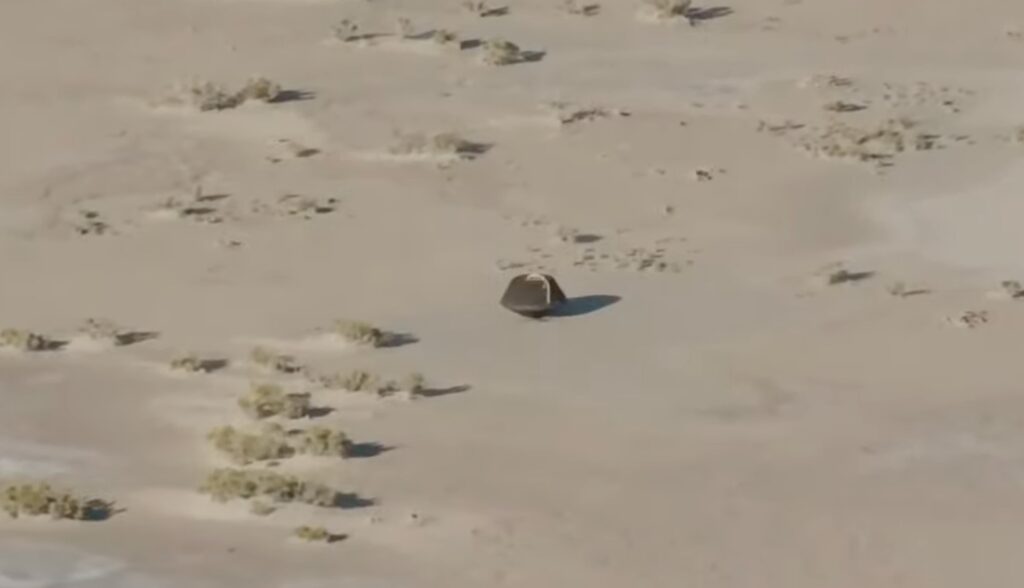Image: Spacecraft bus for satellite servicing mission arrives at NASA Goddard
Monday, 25 September 2023 16:40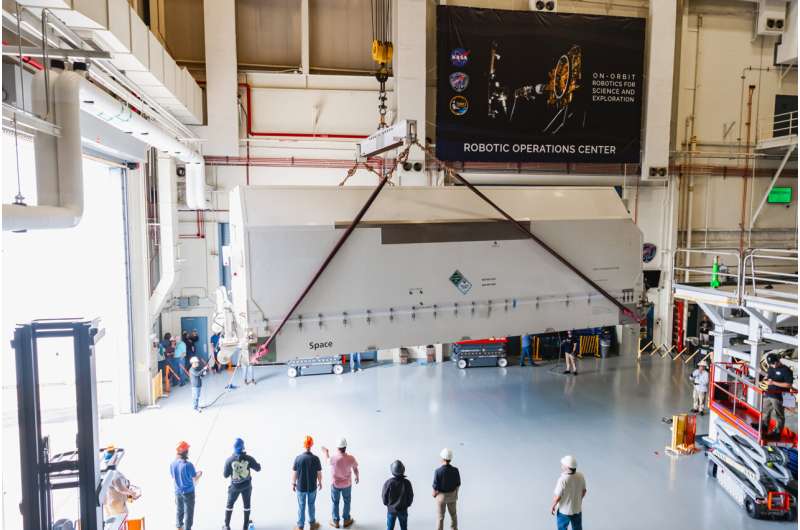
On Sept. 20, 2023, the On-orbit Servicing, Assembly, and Manufacturing 1 (OSAM-1) spacecraft bus arrived at NASA's Goddard Space Flight Center in Greenbelt, Maryland, after its journey from a Maxar facility in California. Following this critical milestone, engineers at Goddard can begin to integrate the mission's servicing payload onto the bus and begin to test the integrated spacecraft in simulated space environments.
When integration and testing are complete, OSAM-1 will be ready to demonstrate robotic satellite servicing technologies in space. The OSAM-1 mission is planned to be the first to robotically refuel a spacecraft not designed for on-orbit servicing. The servicer will rendezvous with, grapple, and berth the government-owned Landsat 7 spacecraft, and then use a suite of tools to replenish its hydrazine fuel tank.
In addition to the mission's servicing objectives, OSAM-1 will also include an assembly demonstration provided by commercial partner Maxar, the same company that provided the spacecraft bus. That demonstration will use a robotic arm from the Space Infrastructure Dexterous Robot (SPIDER) payload to assemble a functional Ka-band antenna on orbit from stowed hexagonal pieces.
SpaceX sets up 200th reflight with Cape Canaveral launch Saturday night
Monday, 25 September 2023 16:37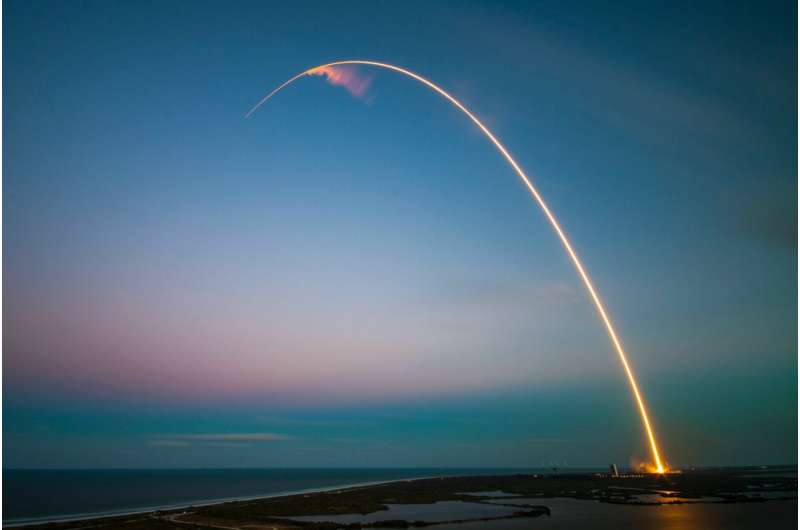
SpaceX's reusability juggernaut keeps rolling with a planned Space Coast launch Saturday night that would mark the 200th time the company has relied on a previously launched booster to get its payloads to space.
A Falcon 9 rocket flying on the Starlink 6-18 mission carrying 22 of its Starlink satellites is set to lift off from Cape Canaveral Space Force Station's Space Launch Complex 40 at 9:07 p.m. with three more options Saturday night from 9:57 p.m. until 12:05 a.m. Sunday. Another four backup options fall Sunday night between 8:41 p.m. and 11:39 p.m.
The first-stage booster is making a record-tying 17th flight with a planned recovery landing down range on droneship Just Read the Instructions in the Atlantic Ocean.
Space Launch Delta 45's weather squadron predicts 95% chance for good conditions, and in the event of a 24-hour delay, chances would be 90% sliding to 80% chance across the three-hour window.
It marks the 200th reuse of a booster among its Falcon 9 and Falcon Heavy rockets. If it sticks the landing, it will be the 228th successful recovery since the first success in December 2015.
The first steps of the Huginn mission
Monday, 25 September 2023 14:00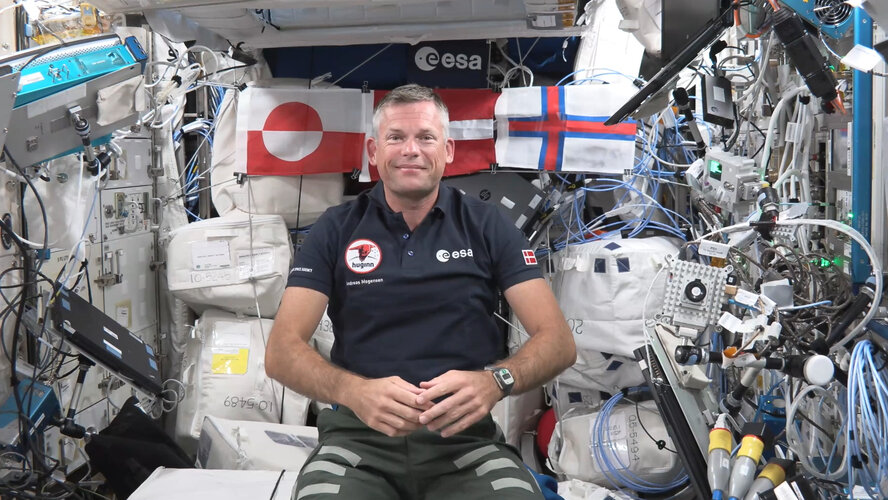 Video:
00:05:46
Video:
00:05:46
ESA astronaut Andreas Mogensen has begun his Huginn mission, turning the International Space Station into his home and workplace. After piloting on Crew Dragon Endurance as the first non-US pilot, Andreas has started performing European experiments and technology demonstrations with many more to come throughout the mission.
Beijing to foster commercial space and satellite constellations as key future industries
Monday, 25 September 2023 13:02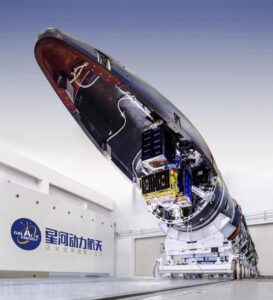
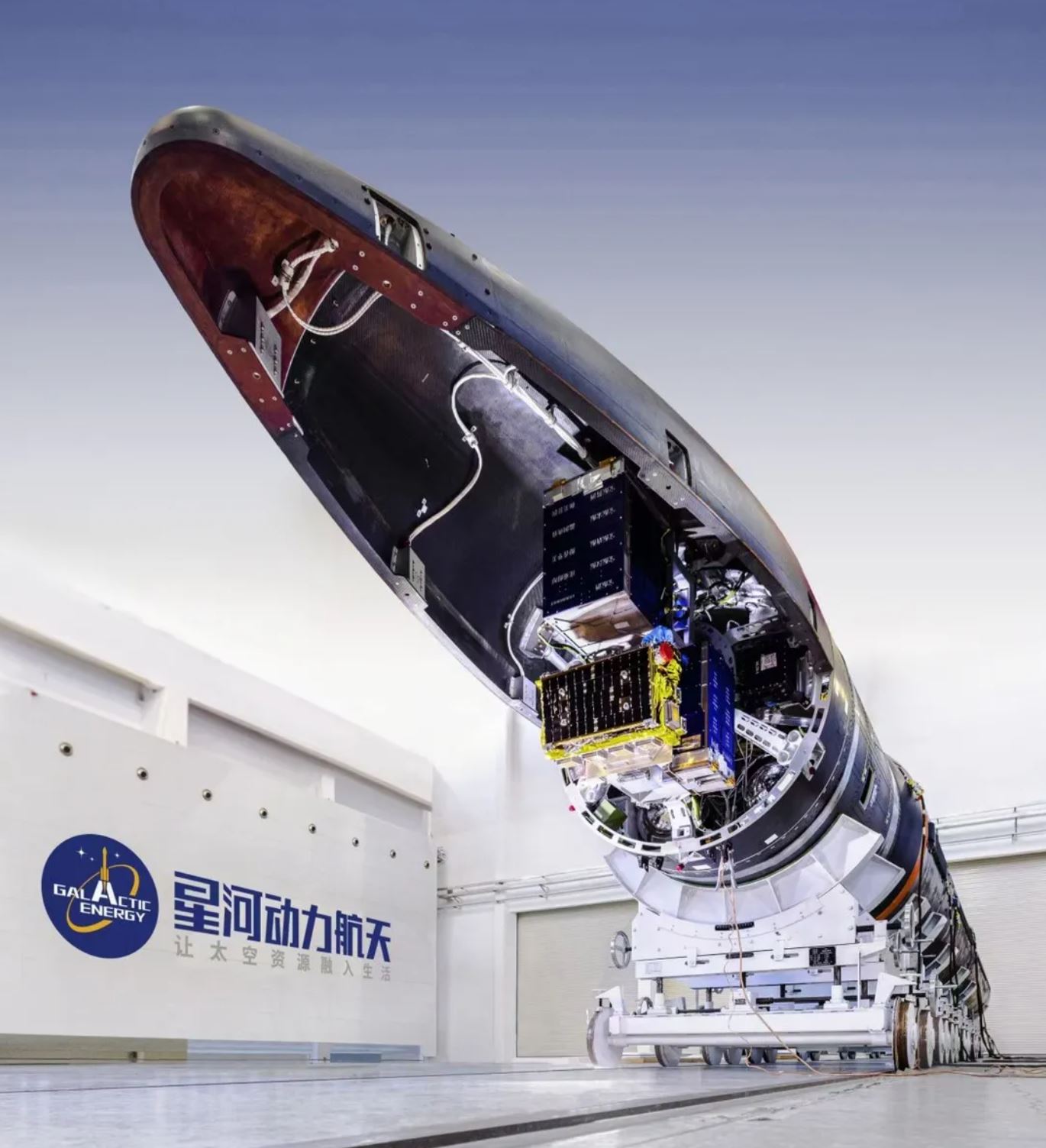
Turning up gravity for space fungi study
Monday, 25 September 2023 07:39
Fungi in space have been a plot point in Star Trek: Discovery, but they are also a very real problem for astronauts and space stations. United Nations co-sponsored testing by a team from Macau in China subjected fungi to hypergravity with ESA’s fast-spinning centrifuge.
Andreas Mogensen: International Space Station commander
Monday, 25 September 2023 07:00
ESA astronaut Andreas Mogensen will become the commander of the International Space Station, the sixth European to take the role. Tune in to ESA WebTV channel 2 tomorrow, 26 September at 15:40 CEST (14:40 BST) to watch the ceremony when Andreas becomes the commander.
Fast-tracking fusion energy's arrival with AI and accessibility
Sunday, 24 September 2023 20:16 As the impacts of climate change continue to grow, so does interest in fusion's potential as a clean energy source. While fusion reactions have been studied in laboratories since the 1930s, there are still many critical questions scientists must answer to make fusion power a reality, and time is of the essence.
As part of their strategy to accelerate fusion energy's arrival and reach carbo
As the impacts of climate change continue to grow, so does interest in fusion's potential as a clean energy source. While fusion reactions have been studied in laboratories since the 1930s, there are still many critical questions scientists must answer to make fusion power a reality, and time is of the essence.
As part of their strategy to accelerate fusion energy's arrival and reach carbo Harnessing high-dimensional quantum states
Sunday, 24 September 2023 20:16 Quantum technology's future rests on the exploitation of fascinating quantum mechanics concepts - such as high-dimensional quantum states. Think of these as states basic ingredients of quantum information science and quantum tech. To manipulate these states, scientists have turned to light, specifically a property called orbital angular momentum (OAM), which deals with how light twists and turns
Quantum technology's future rests on the exploitation of fascinating quantum mechanics concepts - such as high-dimensional quantum states. Think of these as states basic ingredients of quantum information science and quantum tech. To manipulate these states, scientists have turned to light, specifically a property called orbital angular momentum (OAM), which deals with how light twists and turns Six of nine planetary boundaries now exceeded
Sunday, 24 September 2023 20:16 Copenhagen, Denmarl (SPX) Sep 19, 2023
A new study updates the planetary boundary framework and shows human activities are increasingly impacting the planet and, thereby, increasing the risk of triggering dramatic changes in overall Earth conditions.
For over 3 billion years, the interaction between life (represented by the planetary boundary, Biosphere Integrity) and climate have control
Copenhagen, Denmarl (SPX) Sep 19, 2023
A new study updates the planetary boundary framework and shows human activities are increasingly impacting the planet and, thereby, increasing the risk of triggering dramatic changes in overall Earth conditions.
For over 3 billion years, the interaction between life (represented by the planetary boundary, Biosphere Integrity) and climate have control NASA’s First Asteroid Sample Has Landed, Now Secure in Clean Room
Sunday, 24 September 2023 20:00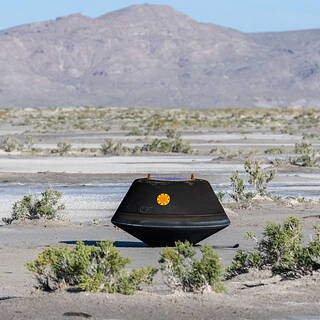 After years of anticipation and hard work by NASA’s OSIRIS-REx (Origins, Spectral Interpretation, Resource Identification and Security – Regolith Explorer) team, a capsule of rocks and dust collected from asteroid Bennu finally is on Earth. It landed at 8:52 a.m. MDT (10:52 a.m. EDT) on Sunday, in a targeted area of the Department of Defense’s Uta
After years of anticipation and hard work by NASA’s OSIRIS-REx (Origins, Spectral Interpretation, Resource Identification and Security – Regolith Explorer) team, a capsule of rocks and dust collected from asteroid Bennu finally is on Earth. It landed at 8:52 a.m. MDT (10:52 a.m. EDT) on Sunday, in a targeted area of the Department of Defense’s Uta Major asteroid sample brought to Earth in NASA first
Sunday, 24 September 2023 19:48 A seven-year space voyage came to its climactic end Sunday when a NASA capsule landed in the desert in the US state of Utah, carrying to Earth the largest asteroid samples ever collected.
Scientists have high hopes for the sample, saying it will provide a better understanding of the formation of our solar system and how Earth became habitable.
"Touchdown of the Osiris-Rex sample return c
A seven-year space voyage came to its climactic end Sunday when a NASA capsule landed in the desert in the US state of Utah, carrying to Earth the largest asteroid samples ever collected.
Scientists have high hopes for the sample, saying it will provide a better understanding of the formation of our solar system and how Earth became habitable.
"Touchdown of the Osiris-Rex sample return c FAA proposes rule to reduce space debris as SpaceX launches 22 satellites into orbit
Sunday, 24 September 2023 19:48 SpaceX launched 22 satellites for its Starlink "constellation" into low-Earth orbit late Saturday night as the Federal Aviation Administration proposed a new rule to reduce space debris from commercial flights.
The satellites were launched by a Falcon 9 rocket from Space Launch Complex 40 at Cape Canaveral Space Force Station in Florida.
The first stage booster landed on a barge
SpaceX launched 22 satellites for its Starlink "constellation" into low-Earth orbit late Saturday night as the Federal Aviation Administration proposed a new rule to reduce space debris from commercial flights.
The satellites were launched by a Falcon 9 rocket from Space Launch Complex 40 at Cape Canaveral Space Force Station in Florida.
The first stage booster landed on a barge NASA's first asteroid samples land on Earth after release from spacecraft
Sunday, 24 September 2023 16:55
NASA's first asteroid samples fetched from deep space parachuted into the Utah desert Sunday to cap a seven-year journey.
In a flyby of Earth, the Osiris-Rex spacecraft released the sample capsule from 63,000 miles (100,000 kilometers) out. The small capsule landed four hours later on a remote expanse of military land, as the mothership set off after another asteroid.
"We have touchdown!" Mission Recovery Operations announced, immediately repeating the news since the landing occurred three minutes early.
NASA team simulates a glimpse of our galaxy in gravitational waves
Sunday, 24 September 2023 11:15 Astronomers using simulated data have produced a glimpse of the sky as it would appear in gravitational waves, cosmic ripples in space-time generated by orbiting objects. The image shows how space-based gravitational wave observatories expected to launch in the next decade will enhance our understanding of our galactic home.
Since 2015, ground-based observatories have detected about a hund
Astronomers using simulated data have produced a glimpse of the sky as it would appear in gravitational waves, cosmic ripples in space-time generated by orbiting objects. The image shows how space-based gravitational wave observatories expected to launch in the next decade will enhance our understanding of our galactic home.
Since 2015, ground-based observatories have detected about a hund 


